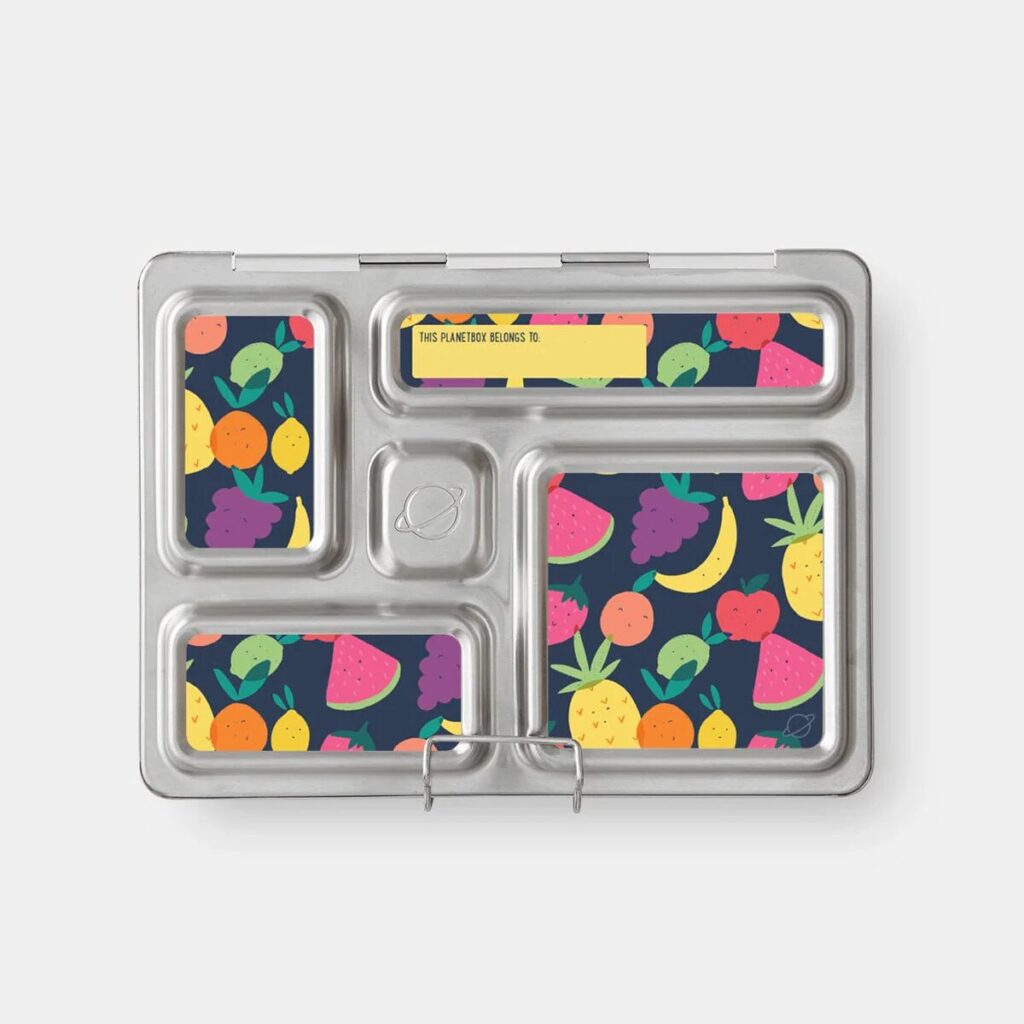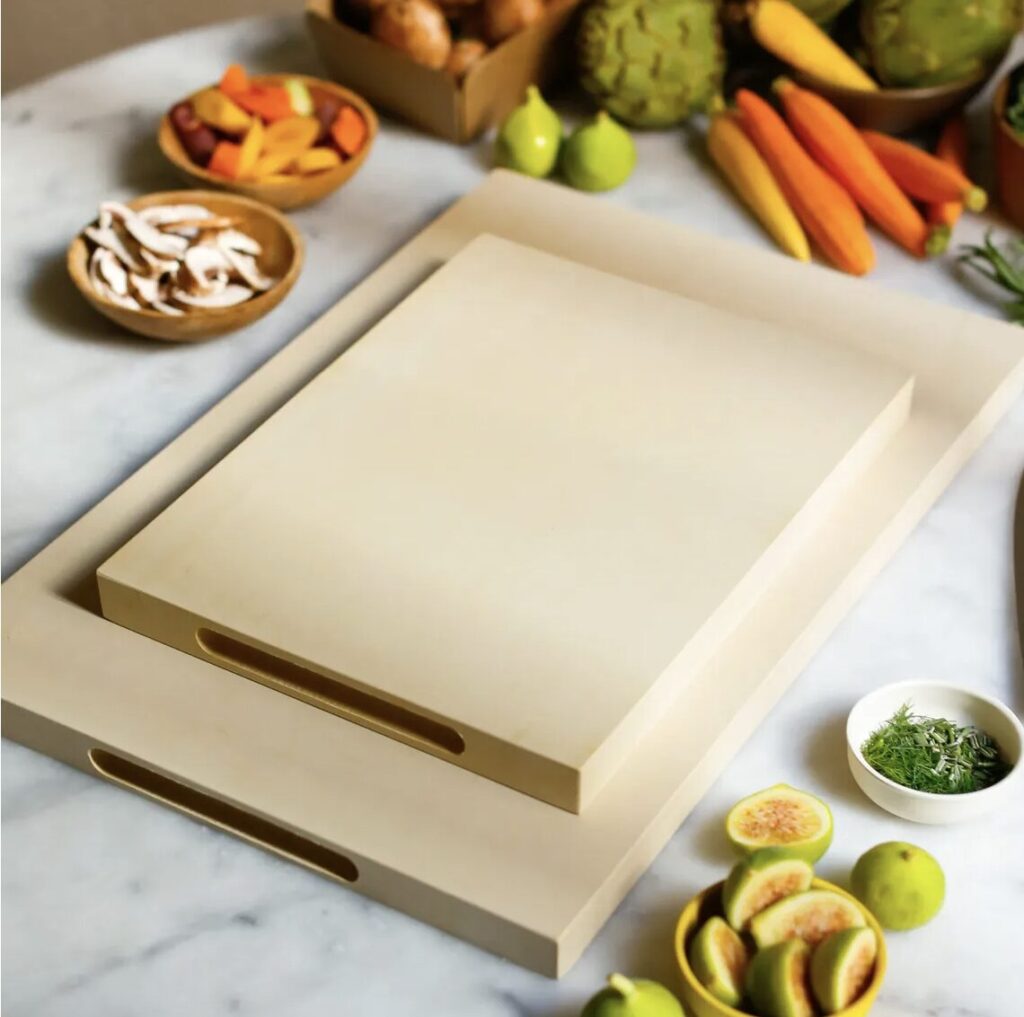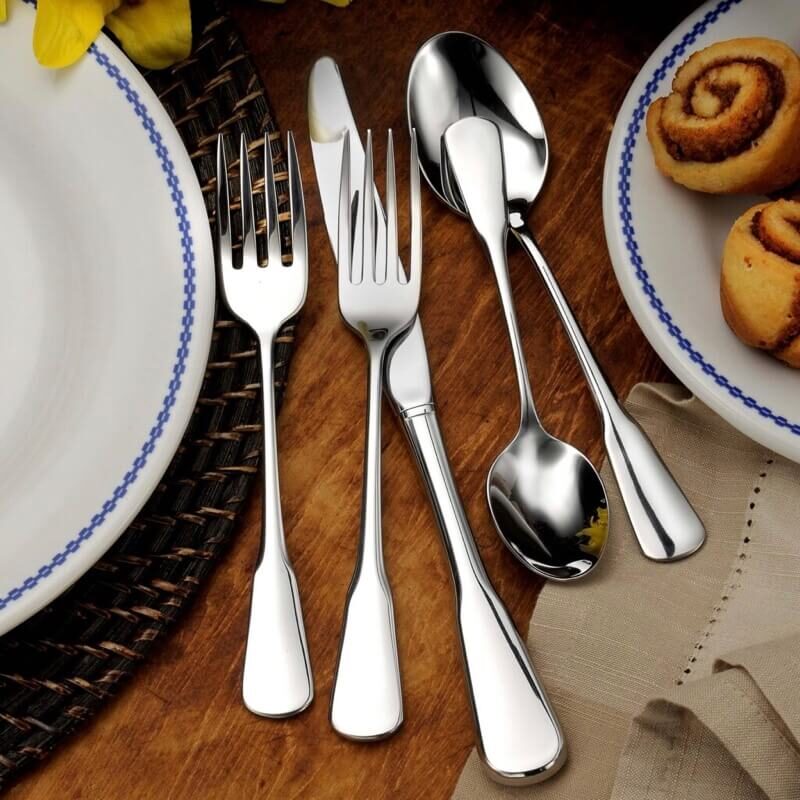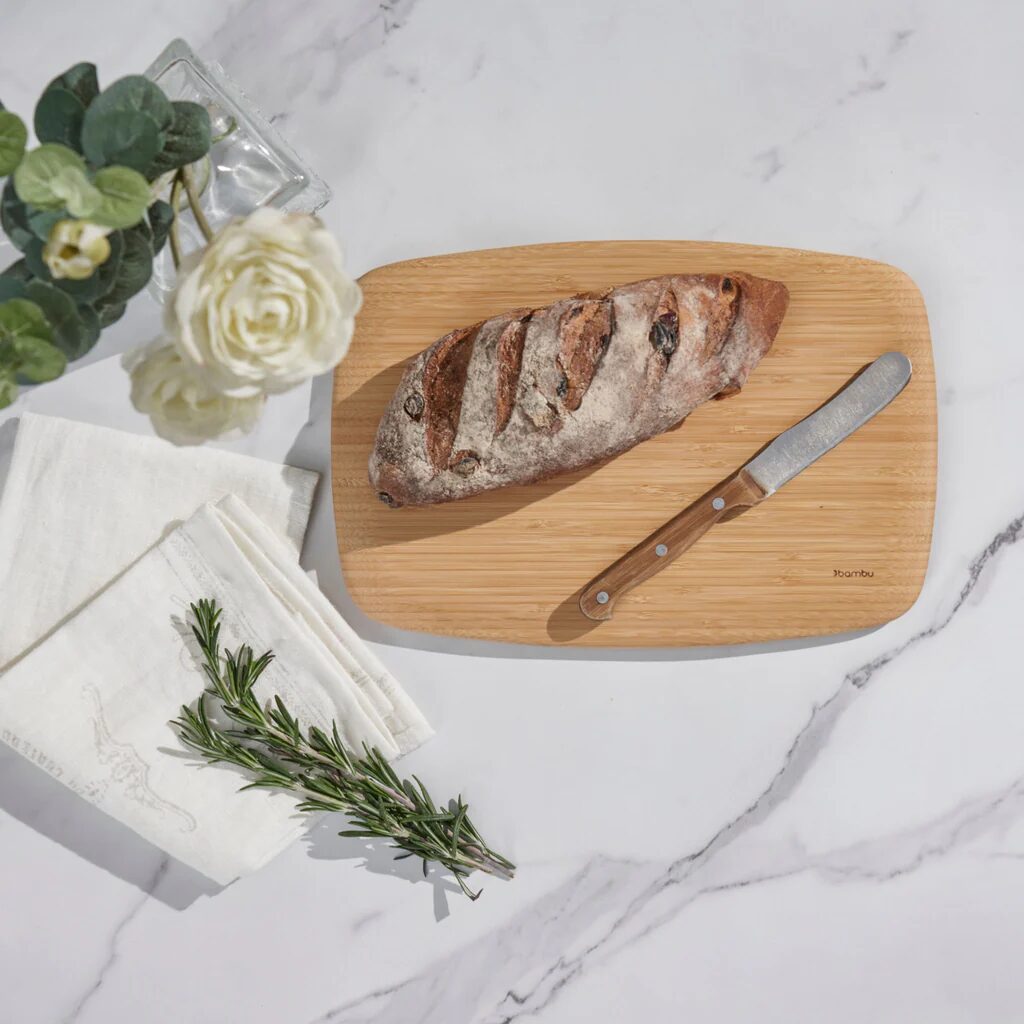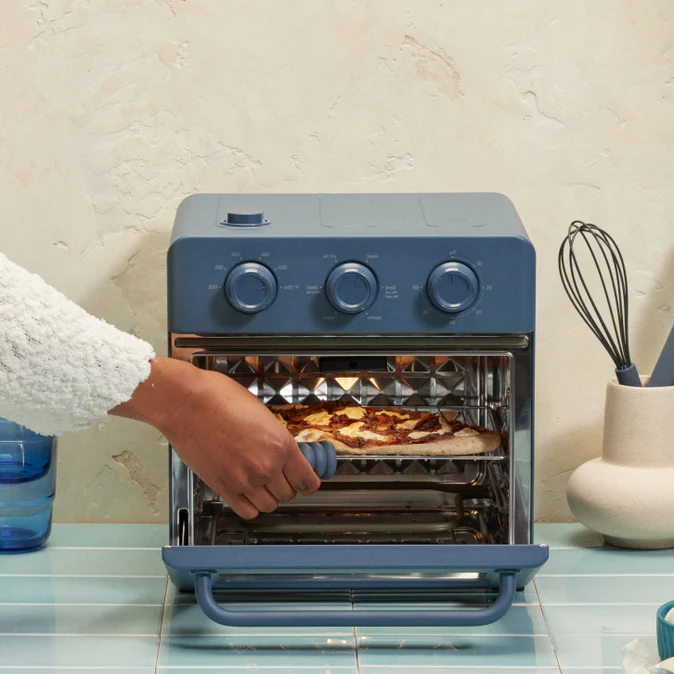How to Use a French Press: 7 Easy Steps
Discover how to use a French press to brew rich, flavorful coffee at home. This step-by-step guide makes it easy for beginners. Say goodbye to wasteful pods and hello to a more sustainable, satisfying morning routine.
How to Use a French Press: 7 Easy Steps Read More





